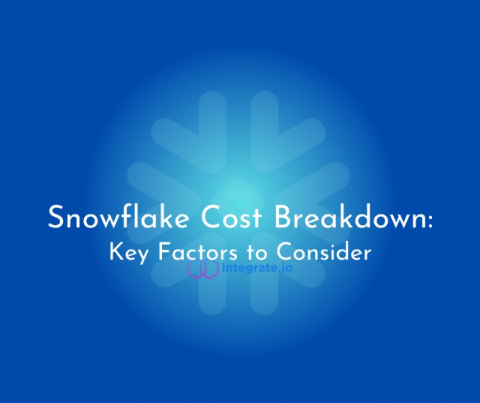Addressing the Elephant in the Room - Welcome to Today's Cloudera
Hadoop. The first time that I really became familiar with this term was at Hadoop World in New York City some ten or so years ago. There were thousands of attendees at the event – lining up for book signings and meetings with recruiters to fill the endless job openings for developers experienced with MapReduce and managing Big Data. This was the gold rush of the 21st century, except the gold was data.










